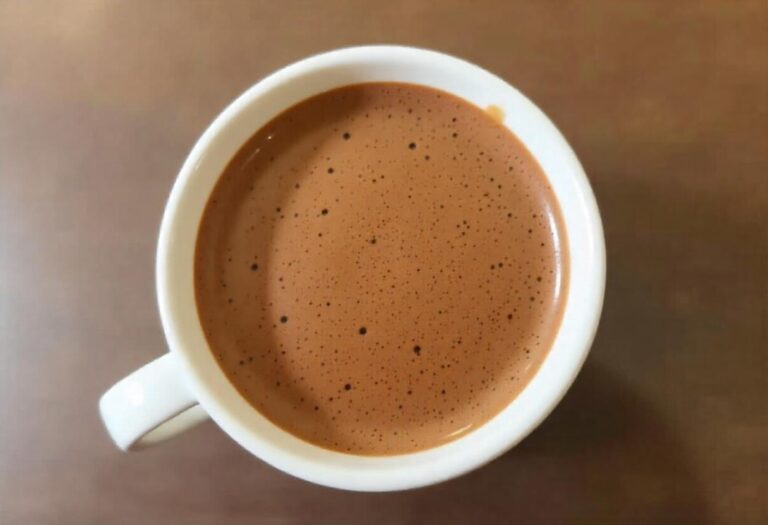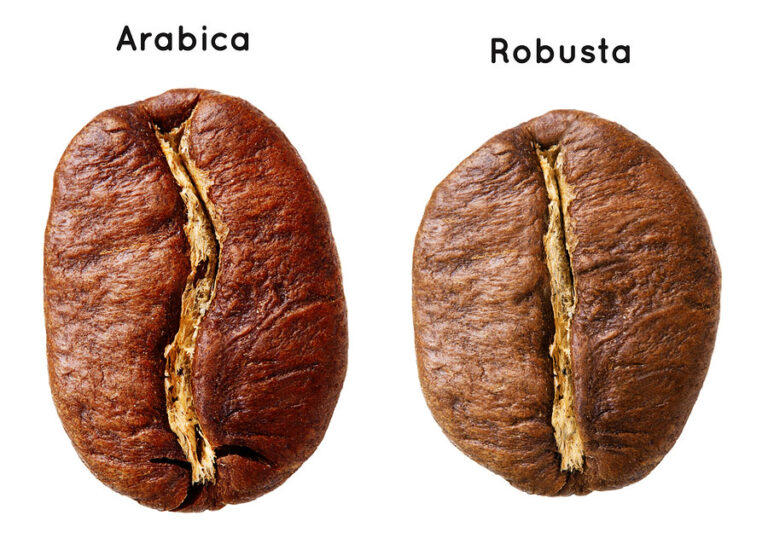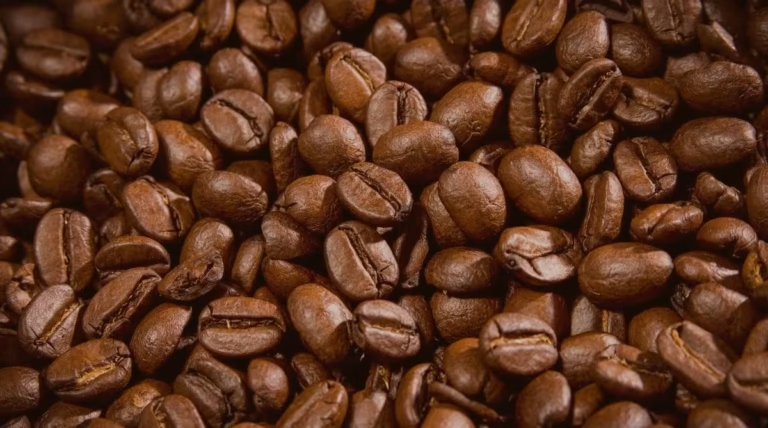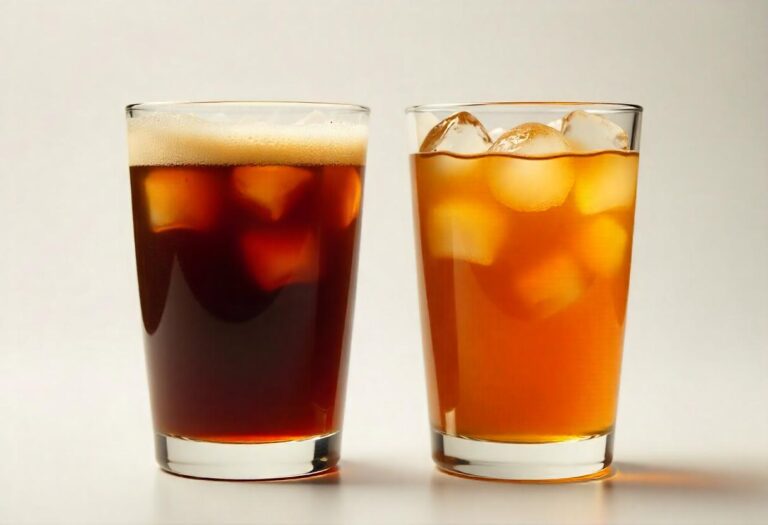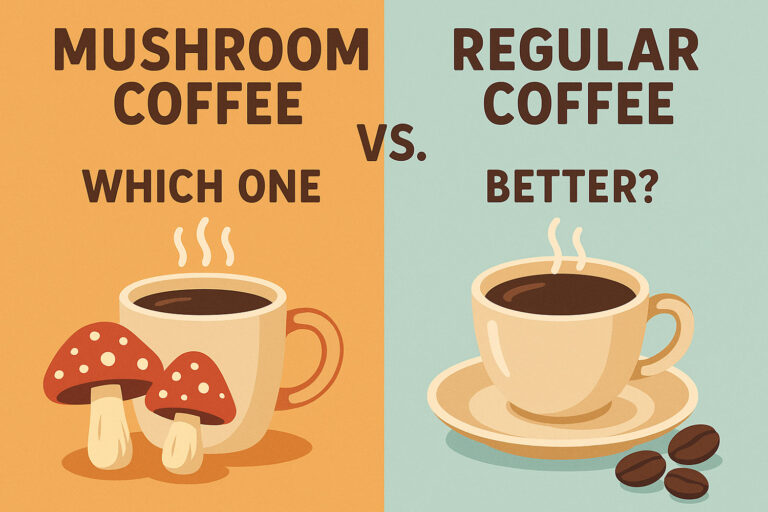Flat White vs. Latte: What Curious Coffee Lovers Need To Know
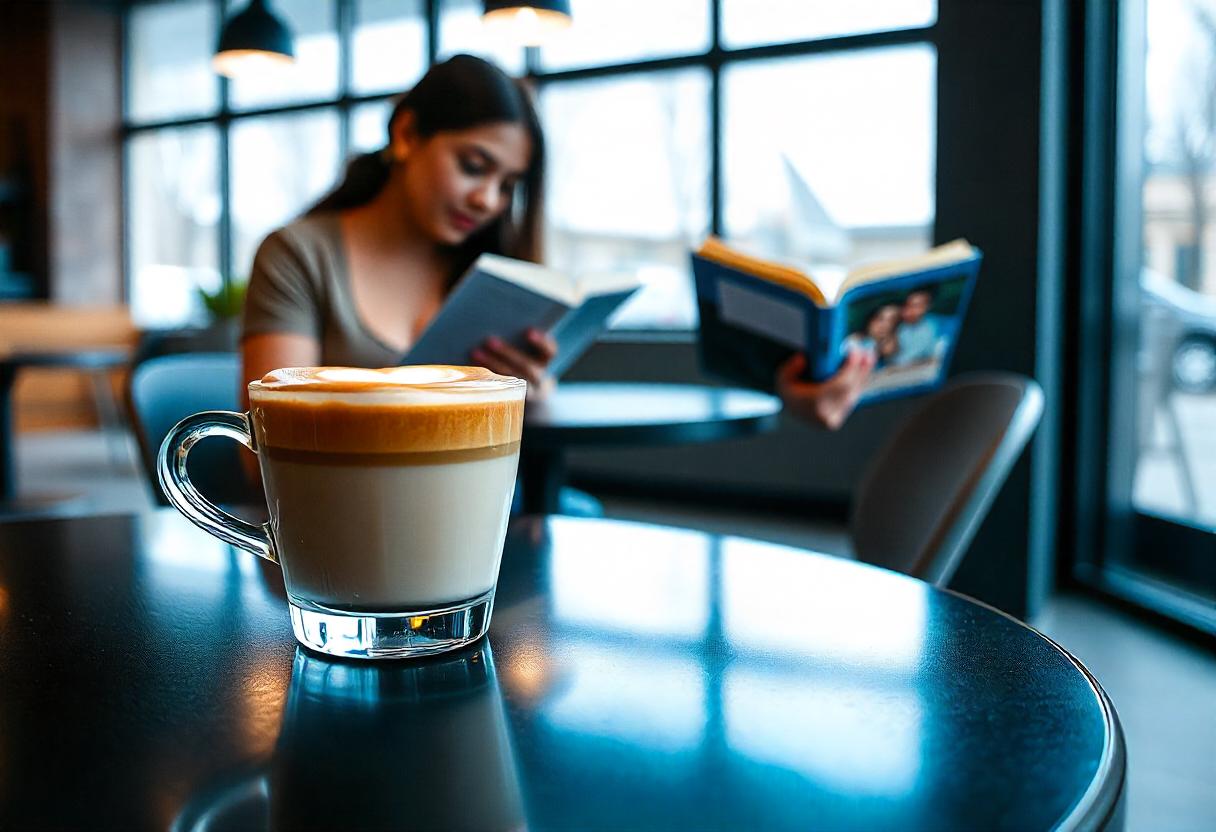
Flat white vs. latte is the question that I face every morning when I reach for the coffee machine. The question torments me when the machine is heating up and preparing to make my drink of choice.
Without that first cup of coffee in the morning to shake me from my stupor and set me up for the day, I’m hopeless.
I have a bean to cup coffee machine, which remains one of my prized possessions because it makes the most divine coffee. But I can never make up my mind with so many coffee styles from which to choose.
Before making your choice in the morning for your cup of joe, you need to know the difference between flat white vs. latte so that you can make the best out of that first sip.
Flat White vs. Latte
The flat white vs. latte controversy may leave many feeling confused because it seems the two coffee styles are the same. However, that is not the case because both coffee styles have a distinctly different flavor and texture.
Consequently, the flat white vs. latte battle proves to be quite a different drinking experience.
While the coffee industry uses the names to describe their drinks with impunity, coffee lovers understand the true meaning and differences between the flat white vs. latte conundrum.
A latte is a milky coffee with foam. A traditional flat white is also a milky coffee with foam, but with less foam than a latte. Furthermore, a traditional flat white has a smooth, velvety texture.
They both sound remarkably similar. When it comes to the battle of flat white vs. latte, you may not be the only one with questions.
So, let’s delve into the brewing magic of one of our favorite drinks to discover what exactly separates the two.
The flat white
The origin of the flat white may never come to light. However, a café owner in New Zealand named Darek Townsend claims to have invented the drink in 1984.
Since then, the flat white became a staple in UK coffee houses before becoming a favorite among coffee drinkers in the United States and Canada.
What is a flat white?
A flat white consists of expresso and micro-foam milk, where the foam lends the coffee its characteristic velvety texture.
The industry’s convention describes the drink as a small-ish coffee with two espresso shots and only a tiny amount of foam.
The flat white gets its name from the technique used to brew it, resulting in a thin film of foam called a meniscus floating on the surface. This foam layer is more delicate than a standard foam found in other coffees and consists of a uniform brown finish.
But flat white doesn’t mean flat because you can tailor your experience by bringing in flavor with different coffees and creams.
The flavor experience of a flat white
One of the differences between flat white vs. latte is the milk content. A flat white contains half as much milk as a latte. So, the espresso base’s flavor taste is vital to allow the coffee’s full development and aroma to filter through.
Plus, the milk added to a flat white remains just as essential to the flavor as the espresso’s beans. Steaming the milk imparts a sweetness to the milk, which adds flavor profile to the drink.
The slightly tangy, rich bitterness of the espresso combines superbly with the somewhat sweet milk, creating a delicious harmony of taste.
It’s all about the technique
The microfoam requires a particular technique when steaming the milk to produce the delicate finish. Unlike a latte, the milk steaming should result in fine bubbles that give the milk element a glossy, velvety finish that feels smooth when you drink it.
Tradition
Purists may only serve a proper flat white in a ceramic cup and saucer. A cardboard container just won’t cut the mustard. It is amazing how the taste may change when a flat white sits in a beautiful ceramic cup.
In fact, once you experience the pure joy of drinking coffee in such a fashion, you may never look back.
So many coffee outlets serving their wares in throwaway containers lose the subtle notes and rich depth of flavor a flat white could bring to your taste buds.
The latte
The latte, also called the café latte, remains one of the most traditional coffee styles that we drink. The word latte in Italian means milk, so it stands to reason that the drink may find its origins in Italy around the mid-1800s.
Café latte means coffee and milk.
While Europeans have enjoyed a mixture of coffee and milk since the 1700s, it wasn’t until American tourists asked for a milder tasting coffee that the term found favor.
In Italy, a latte is nothing more than a glass of warm milk, so when coffee was added to the mix, the classic café latte was born.
What is a latte?
A latte derives from a double shot of espresso topped up with steamed milk to create a thick foam. Every coffee shop and every country have their own ratios of milk to coffee, but the result is a milder coffee with a creamy, milky taste profile.
However, the classic American latte has evolved to contain significantly more milk at roughly half the milk to half coffee ratio. Consequently, a latte may taste milder than a flat white with a milkier finish.
The latte taste
The significantly higher milk content in a latte imparts a smoother, milkier drinking experience. While the coffee flavor layers still filter through, you may find the strength of the coffee tempered by the sweet milk.
Additionally, the milk steaming imparts a slightly sweet, almost caramelized note to it, perfectly combining with the espresso.
At least 1/3-inch of foam sits on the coffee’s surface and has a rich, smooth, creamy texture.
Latte technique
Once the hot espresso sits in the cup, the steamed milk is added before the espresso has a chance to cool. There is an art to creating the foam, and some baristas develop patterns in the foam using coffee, foam, or chocolate powder.
Latte tradition
As with a flat white, a latte tastes superior when served in a ceramic mug. The mug remains the traditional way to serve a latte because it is a larger drink and requires a larger vessel.
However, purists may claim that a latte belongs in a tall glass, which remains the favored way of serving the drink in Europe.
The Art of Brewing Coffee
Both the flat white and the latte require the use of espresso for the base. Whether you stick to tradition with a double shot of espresso for each variety or the American favorite of half milk to half coffee for the latte, a good quality espresso base remains vital to the drink’s success.
Point of difference
When you consider the comparison of flat white vs. latte, the difference lies in preparing the milk.
A latte uses straight steamed milk, hot and frothy, which you pour directly into the espresso while both the milk and espresso remain piping hot.
While the variation may seem minor for a flat white, the difference remains surprising. The flat white milk is treated and steamed to create a fantastic microfoam that sits on top of the drink. This foam forms a creamy, velvety layer and a unique texture that gives the flat white its traditional characteristic.
Milk art
Even though the espresso is added first, the milk in a latte is poured into the drink somewhat unceremoniously when compared to a flat white. Adding the milk to a flat white remains a slow, deliberate process to maintain the rich microfoam shape.
Daily Grind
The size of the coffee grind may determine the flavor of the resultant coffee. The flavor extraction depends on the absorption rate of water by the coffee and how fast or slow the machine extracts the delicious nectar.
A fine ground may produce a better flavor when making the espresso base for a latte or flat white.
Caffeine buzz
The more espresso or coffee added to the drink, the more caffeine the drink may contain. A flat white with two espresso shots may not have as much caffeine while it may taste stronger than a latte. The latte roughly containing half coffee and half milk may contain more caffeine despite its milder flavor.
Flat White vs. Latte Flavor Test
Inexperienced coffee drinkers may fail to identify the differences between the two drinks when it comes to flavor.
However, a traditional flat white is stronger in coffee flavor than its milkier latte counterpart. So, the more often you drink, the more pronounced the differences may manifest.
Unrefined
The latte is a simpler, less refined drink. In simple terms, the latte is coffee diluted with warm milk, which results in a flatter experience. Its lighter flavor and ease of consumption make the latte one of the world’s most favored coffee drinks.
However, the flat white boasts a sophisticated taste experience. With its velvety texture and creamier consistency, the flat white hits a stronger tasting coffee note.
Think of the flat white in terms of a traditional espresso coffee with a cream top. As you drink through the layers, the coffee hit feels markedly pronounced when compared to a latte.
Flat White vs. Latte Decision
When you stand at the counter to order your coffee, one question in particular springs to mind: Do you want a long drink to chill with or a shorter, more substantial coffee hit?
The strong option
If you want a wake-up call, then the flat white proves the perfect solution to your coffee dilemma. And note, a flat white is smaller than a latte. Therefore, the flat white provides a shorter, stronger drink.
The chilled option
Perhaps you want to chat with a friend when you have your coffee, and you need the beverage to last longer. In that case, the latte is a perfect choice because it is a larger, longer drink.
Foam is the question
Perhaps foam is not your thing. Do you want a lighter, frothier coffee or a decadent, velvety treat?
The latte is frothy with lots of foam, whereas the flat white has a thinner foam with a creamier texture. Now you have to make a choice, and only you can decide!
Recommended Read: Do You Know Your Coffee? Different Types of Coffee Beans
Flat White vs. Latte Explored
Each of us likes different things, and our taste in coffee remains as individual we are. Maybe you prefer a milder coffee, in which case the latte is a perfect choice.
Alternatively, you might want a stronger hit of coffee and a richer, fuller taste, in which case the flat white wins.
A latte will last longer than a flat white. However, the latte contains more caffeine than a flat white. If you want a long drink, then the latte proves ideal, whereas the flat white provides a shorter, sharper option.
Just think of a latte as containing more milk than a flat white, and that might get you closer to a choice.
But the truth is, you need to try both types to fully appreciate the complex flavor profiles that make up your favorite caffeinated drink. And nothing says you can’t switch between the two, depending on your mood.
After all, it’s coffee, and you can’t go wrong with either choice.
What is your favorite coffee? Why not comment in the space below and share your caffeine experiences with us?

